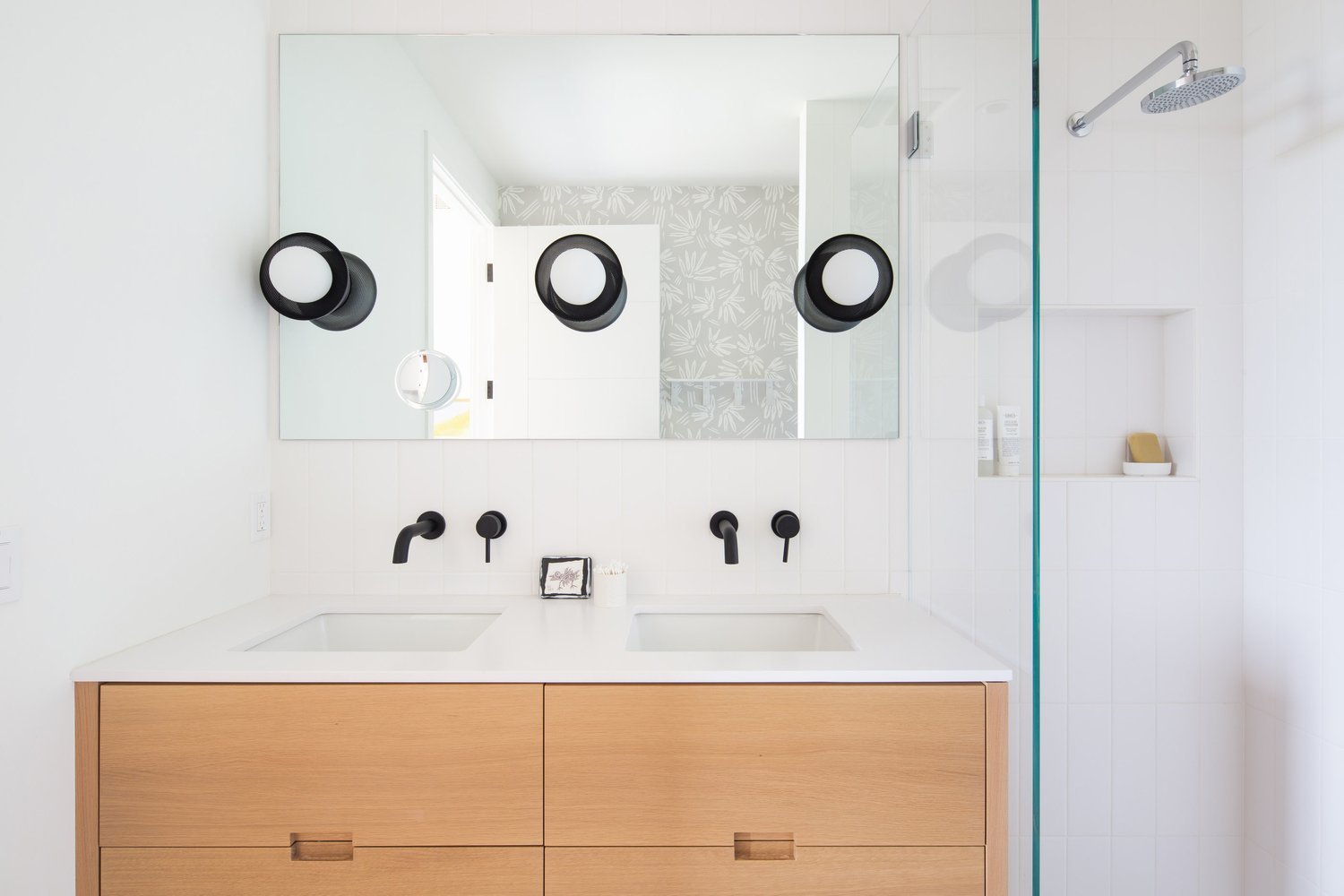Creating Healthy Environments
Let's have a chat about something a lot of architects aren't talking about: the health of your home long after you've moved in. Many people know about the importance of using green building products to help reduce the amount of toxins you are bringing into your home, but what they may not be thinking about is how to create a healthy home long after the design is complete.
THERMAL COMFORT
This is a big one here in northern Michigan. We have very cold and long winters and somewhat hot, humid summers. Understanding the different types of heating/cooling sources for a home is very important especially for climates like this. Radiant heating systems rely on heating items with thermal mass rather than moving around air that has been heated. It's a silent and more comfortable heat that will not dry out the air. Other systems like a heat pump utilize a traditional air heating method but in a more energy efficient and cleaner method than burning fuel. Other passive methods of heating and cooling rely on the position of the sun and other climate factors like wind to help naturally regulate the temperate of your home. Simply opening windows on opposite sides of your home can help bring a natural airflow through your home.
AIR QUALITY
The healthiness of the air around you can have a huge impact on your overall health. There are many factors to consider about the air in your home but a few of them worth thinking about are ventilation, humidity, and purity. When designing a home, there are options to consider for natural ventilation in order to help create a steady flow of clean air into your home. During the winter, a traditional furnace can dry out the air but too much humidity anytime can also help create mold. Finding the balance of the right humidity in your home can make it feel more comfortable but also can help minimize costly repairs in the future for mold mitigation or improper dew point/drainage within your walls. Lastly, keeping the air in your home clean is important for your health. Using air purifier systems and replacing the air filters in your furnace regularly helps keep allergens and particulates at a healthy level.
NOISE
Understanding the uses for different rooms and how those affect adjacent spaces is something architects should consider in design. Rooms that require quiet areas should be placed away from high traffic areas of the home. Understanding how you live in your home will also help you decide the best layout for your lifestyle. Other common sources of noise to consider are mechanical rooms and nearby roadways.
TOXINS
This topic is becoming increasingly more popular but also is an important one to discuss. There are many different sources of toxins in our environment. Scented candles, chemical-based cleaning products, teflon cookware, plastics... the list seems to get increasingly larger every day. Educating yourself on the things you use and bring into your home could have a huge impact on your health and the health of your home.


